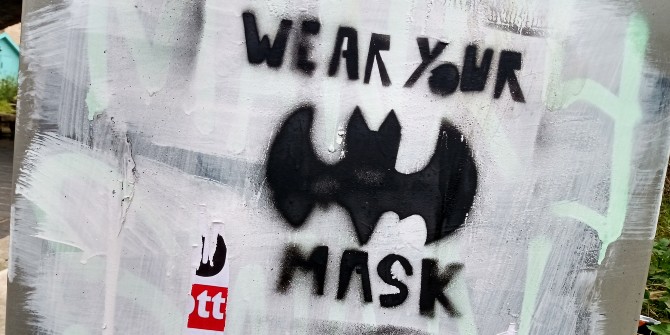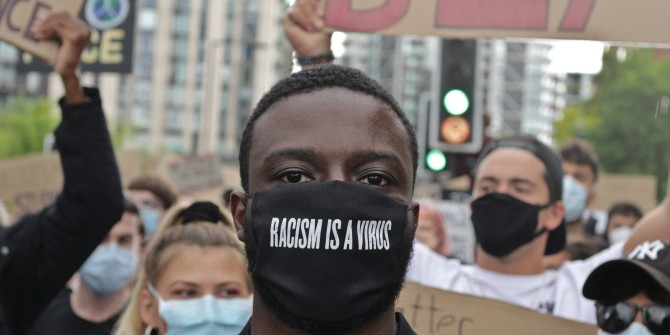The COVID-19 crisis is exacerbated by the infodemic that ensued – false information about the virus is spreading rapidly worldwide. But how do we know when the news is fake, ask Darrin Baines (Bournemouth University) and Rob Elliott (Birmingham Business School)?
COVID-19 is an unprecedented global health crisis that will have immeasurable consequences for our economic and social well-being. Tedros Adhanom Ghebreyesus, the director-general of the World Health Organisation, stated: “We’re not just fighting an epidemic; we’re fighting an infodemic”.
As the infodemic grows, untrue information about the virus is spreading rapidly worldwide. To date, almost half the adult population has consumed fake news about COVID-19. For instance, misinformation is being disseminated globally that 5G spreads coronavirus, that a vaccine already exists but is not being used, or that alcohol is a cure.
In response to the infodemic of misinformation, social media platforms, such as Facebook and Twitter, have taken measures to warn users about false information that they may encounter. As there are no internationally agreed standards for defining and classifying misleading messages in their many guises, it is impossible to measure the size and nature of the COVID-19 infodemic. Without proper means of identifying and understanding false information, fake news will continue to circulate unhampered as long as the virus continues as a global problem.
In a recent Birmingham University working paper, we argue that existing attempts to identify false information circulating as part of the COVID-19 infodemic are unreliable because they are not based upon scientific definitions of the key concepts. In response, we have developed a new taxonomy of COVID-19 information types that classifies fake news in terms of “misinformation”, “disinformation”, and “malinformation”.
The lack of clarity over the meaning of key terms has meant that all forms of false information are being wrongly labelled as misinformation. If fact-checkers, social media platforms, and governments are unable to classify fake news accurately, errors will be common and the fight against the COVID-19 infodemic will be less effective. As a result, individuals and society will be harmed by misleading medical, social, economic, and political messages. As these harms are possible, better forms of classification are urgently required.

To help in the fight against the COVID-19 infodemic, we suggest the following scientific definitions. First, misinformation is false information that people spread in error without intending to deceive others. Next, disinformation occurs when someone decides to misrepresent the truth so that people are deceived. Finally, malinformation is a relatively new concept that occurs when someone tries to mislead others by telling the truth in deceptive ways. These definitions may be used to classify false information about COVID-19 in ways that help people, governments, news agencies and social media platforms to flag false information in more informative ways. Consequently, our approach to defining mis-, dis- and malinformation may be applicable to real-world examples and, if used properly, may be useful in fighting the COVID-19 infodemic.
In sum, our research suggests that: (i) analysing all types of information is important in the battle against the COVID-19 infodemic; (ii) “misinformation” as an umbrella term is confusing and should be dropped from use; (iv) clear, scientific definitions of key information types are needed going forward; (v) malinformation is an overlooked phenomenon, involving reconfigurations of the truth.
This post represents the views of the authors and not those of the Covid-19 blog or LSE. Image by Franck Michel, Some rights reserved.





